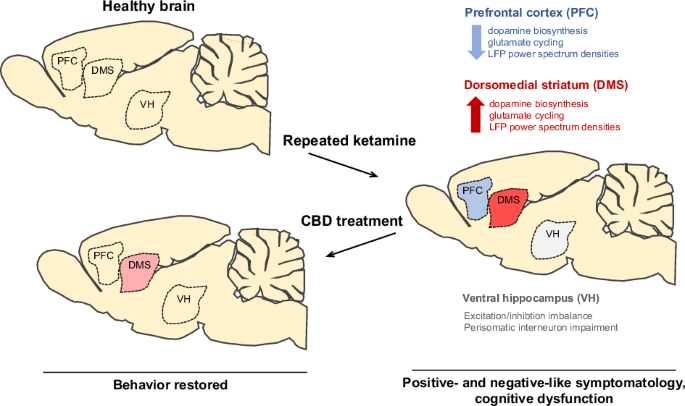
“Several pieces of evidence have implicated the endocannabinoid system on dopaminergic mesolimbic brain reward, as well as the potential role of cannabinoid receptors CB1 and CB2 on modulation of reinforced properties of drug abuse and consequently to the treatment of substance use disorder, including alcoholism.
Moreover, growing evidence has been proposed that cannabis or cannabinoid compounds may be helpful to treat alcohol use disorder (AUD).
Cannabis is prevalent among individuals who also consume alcohol. While some authors reported that cannabis may be a promising candidate as a substitute medication for AUD, some studies have demonstrated that concomitant use of alcohol and cannabis may increase the risk of adverse outcomes.
Considering that advances in the legalization and decriminalization movements regarding cannabis have led to increased availability worldwide, the current chapter aims to provide evidence on the benefits and risks of combining alcohol and cannabis, as well as the potential therapeutic use of cannabinoid compounds in treating AUD.”
https://pubmed.ncbi.nlm.nih.gov/39523058/
“Growing studies have indicated that medicinal cannabis could be reasoned as a substitute therapy for alcohol, especially among individuals who are trying to reduce drinking behavior. Based on these premises, medicinal cannabis might be safer and also produce less social harms, for this reason some studies have been pointed as a good candidate for substitute medication for alcohol.”
https://www.sciencedirect.com/science/article/abs/pii/S0074774224001089?via%3Dihub



